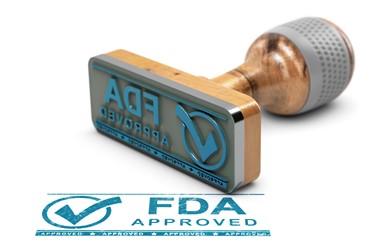CDER-ETP: A Resource For Innovative Biopharma Firms

By Matthew Pillar, Editor, Bioprocess Online

Progress in any competitive industry is driven by innovation, and much of that differentiating innovation is highly technical. Traditionally, in highly-regulated industries like pharma, fast-moving advances in technology have been thwarted by regulatory bodies that, put simply, haven’t been willing or able to keep pace with industrial tech advances. Regulatory issues are among the primary concerns of new and emerging biopharma leaders. Without experience, it’s very difficult to foresee all the regulatory roadblocks that might pop up in existing guidance, standards, policies, and accepted manufacturing practices. This is especially true as nimble, emerging biopharma firms leverage technology to explore new lyophilization, product testing and assay, and continuous manufacturing processes.
In recent times, the FDA has bucked the regulatory trend by itself innovating in an effort to enable the innovators. Fast Track, Breakthrough Therapy, Accelerated Approval, and Priority Review programs, for instance, are unique accelerators that are without peer in other federally-regulated industries like energy and finance. The FDA’s Center for Drug Evaluation and Research’s Emerging Technology Program (CDER-ETP) is yet another step toward removing slow-moving bureaucracy and red tape that stands in the way of innovative new technologies that drive drug development.
CDER-ETP invites a collaborative approach to evolving drug development and manufacturing standards where it’s needed most—between innovative industry players and the regulatory body that governs them. Michael Kopcha, Ph.D, R.Ph., Director, Office of Pharmaceutical Quality at CDER, says the new program is led by the FDA’s dedicated Emerging Technology Team. “This cross-functional team supports industry’s development of innovative approaches in pharmaceutical design and manufacturing. The program provides an opportunity for early dialogue during technology development and prior to the submission of a drug application,” explains Kopcha. “This enables us to identify and resolve potential roadblocks early in the process.”
A collaborative approach implies opportunity for negotiation, and the highly interactive framework for CDER-ETP involvement looks to create a negotiation-friendly environment. For starters, the program facilitates early engagement. Companies accepted into the program can get feedback on their emerging technologies even before a drug or product candidate associated with said technology is identified. CDER-ETP then leverages a combination of face-to-face meetings, FDA site visits, integrated quality assessments, and pre-approval inspections carried out by a dedicated team of ETT representatives.
Kopcha says the goal of the CDER-ETP and the ETT’s work with it is to help in the prevention of drug shortages caused by product quality and manufacturing problems. “We have received positive feedback from industry about the ETT, and look forward to continuing productive interactions. Expanding this program will help reinvigorate our country’s pharmaceutical manufacturing sector,” he says.
The FDA says Industry representatives planning to submit an IND, original or supplemental NDA, ANDA or BLA, or application-associated DMF as part of this CDER program should submit a written request to participate in the program and proposal (not to exceed five pages) as outlined in the Emerging Technology Guidance. Requests and proposals should be submitted electronically to CDER-ETT@fda.hhs.gov.
